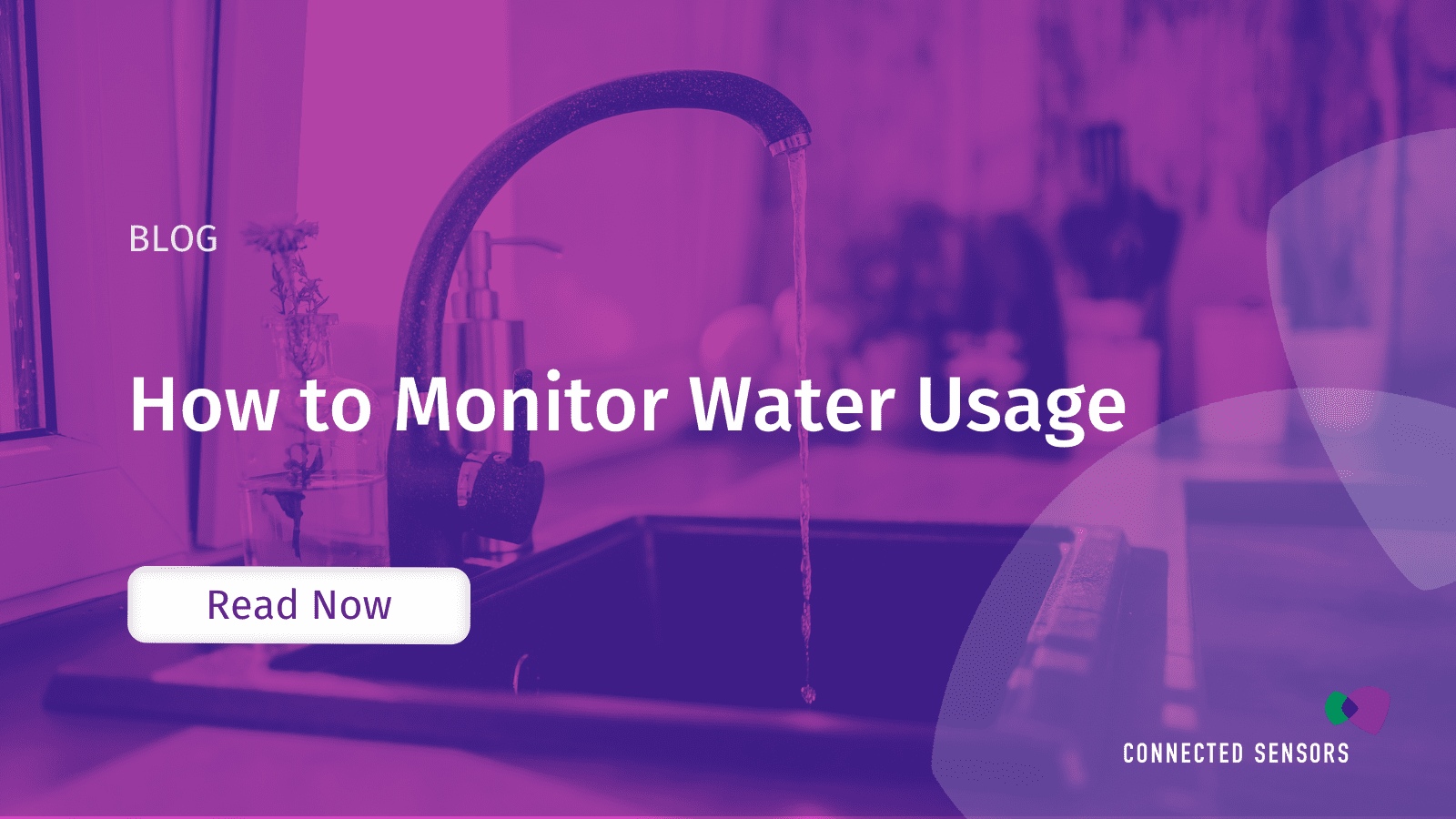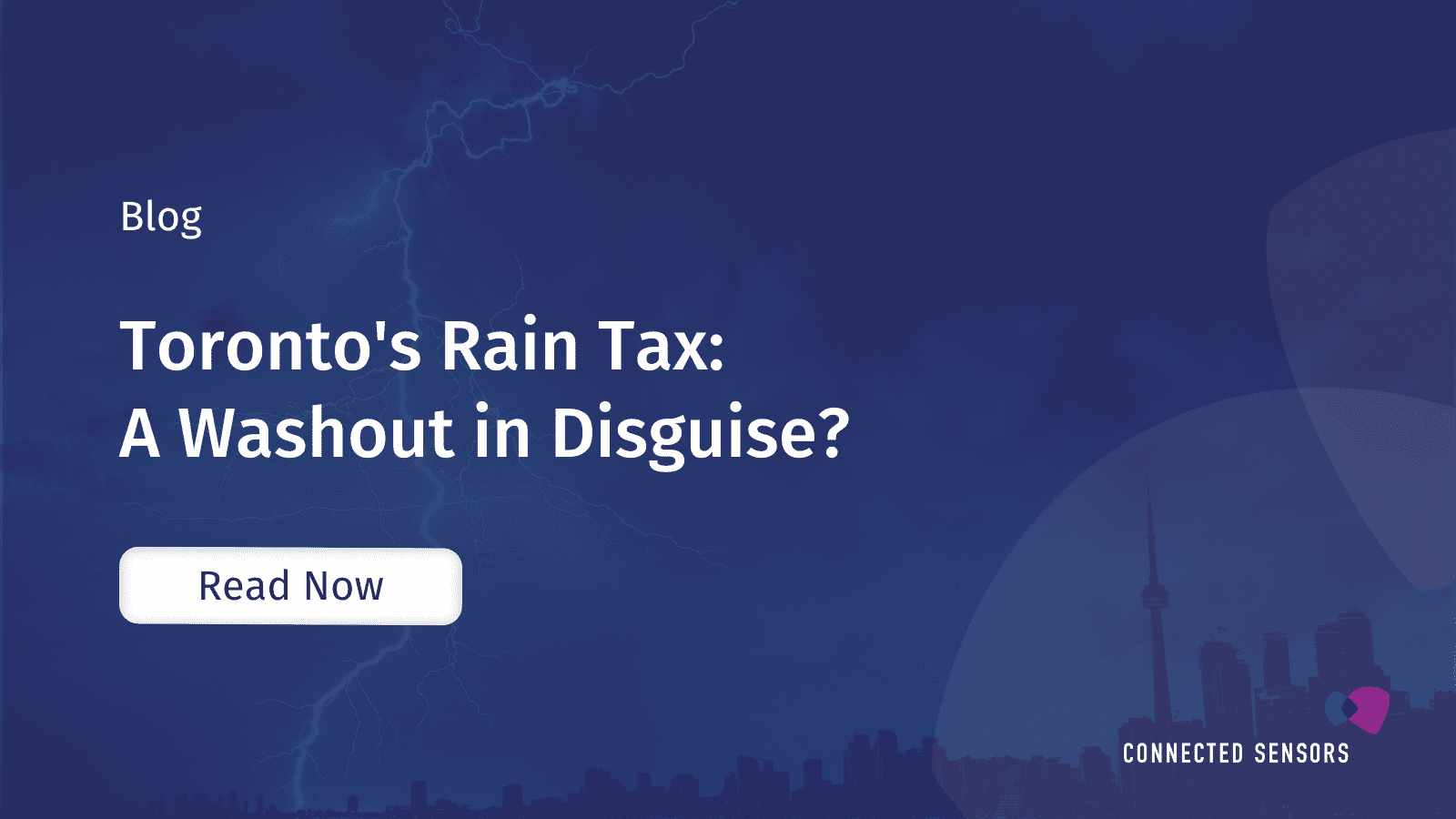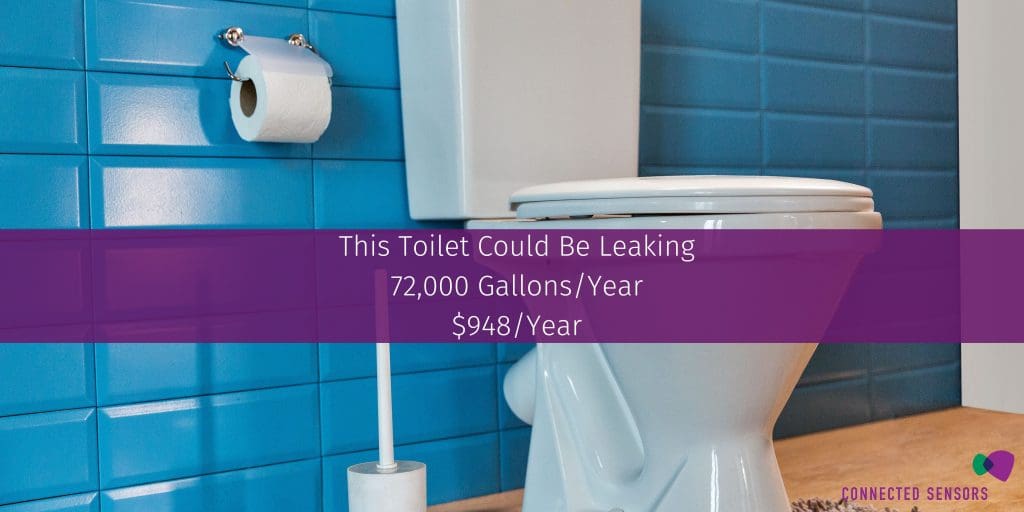





Whether we know it or not, leaks are happening at any given moment in a multi-residential building – and those leaks are costly to you, the landlord. As per the EPA, leaks account for an estimated 13% of water bills.
Minor leaks account for one trillion gallons of wasted water every year. That’s equal to the annual household water use for 11 million homes! These leaks can go unreported for a long period of time. Although some leaks can be found audibly or visually, many leaks – especially toilet leaks – are silent and invisible. And even if the leaks are found by tenants, they may not report them.
So, just how much does a water leak cost landlords?
At any given moment, 1 in 5 toilets are leaking.
Let’s take a look at a sample multi-residential building that has 300 toilets in the building.
If 20% of those are leaking, that’s 60 toilets leaking at any given moment. A moderate toilet leak wastes 6,000 gallons per month.
At Toronto water prices of $0.01315679/gal, that’s $79 per month per toilet. If we look at our sample building, that’s $4740 per month that’s lost just from toilet leaks!

It’s estimated that a leaking faucet at a drip rate of one per second will waste 250 gallons of water per month.
If we assume that 1 in 10 faucets have a leak, in our sample building with an average of 3 faucets per unit, that’s 90 faucets leaking 22,500 gallons per month or $296 per month lost to faucet leaks.

A showerhead with a leak of 10 drops per minute wastes over 500 gallons of water per year, or 41 gallons per month.
Assuming 1 in 10 showerheads leak in our sample building, that’s 1230 gallons lost each month, equal to $16 per month.

In addition to these common fixtures, outdoor leaks can occur in a multi-unit residential building’s irrigation system. This is especially true in Canada when the irrigation systems have to cope with winter frost.
Let’s reflect on how much our sample building spends on leaks each month.
Toilets = 360,000 gallons = $4740 per month
Faucets = 22,500 gallons = $296 per month
Showerheads = 1,230 gallons = $16 per month
Total: $5,052 per month
Per year, that’s $60,624, just on wasted water!
Imagine how that $5,000 per month could be invested into your building. You could invest in water-saving devices such as low-flow toilets, faucets, and showerheads that could save you even more on your water bill – an estimated 15-40%.
While the financial costs of water leaks are significant, it’s also crucial to recognize the non-monetary costs.
Water leaks can lead to tenant discomfort and inconvenience. Leaky faucets, toilets, or showerheads can disrupt daily routines and cause frustration among residents. A responsive and proactive approach to leak repair can improve tenant satisfaction.
Water leaks can create health and safety hazards, such as mold growth and slippery surfaces. Mold can lead to respiratory issues and allergies, affecting the well-being of tenants. Slip and fall accidents may also occur, potentially leading to liability issues for landlords.
Beyond the financial and structural consequences, water leaks have an adverse environmental impact. Wasting water contributes to the depletion of valuable freshwater resources and exacerbates water scarcity issues, which can affect communities at large.
If you’d like to learn more about preventing leaks in your building and saving water, contact Connected Sensors today. Our water audit can identify just how much money you can save each month by conserving water.
© 2023 All rights reserved